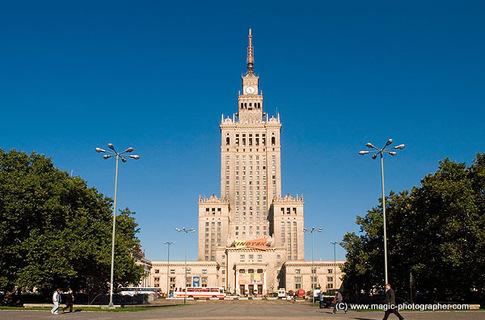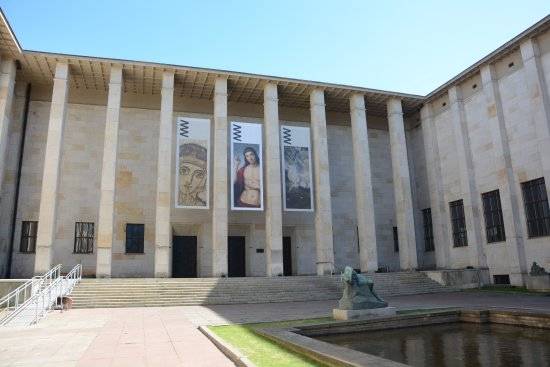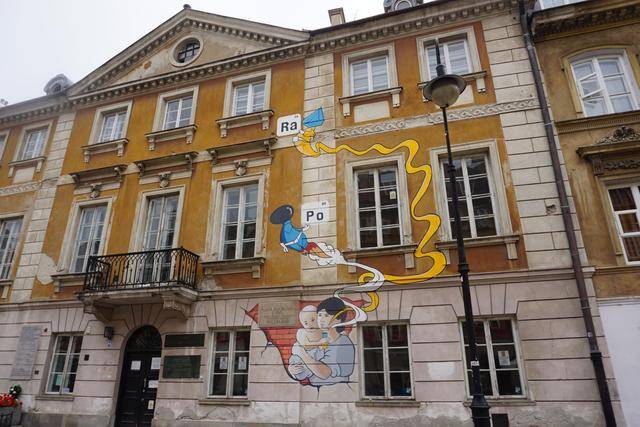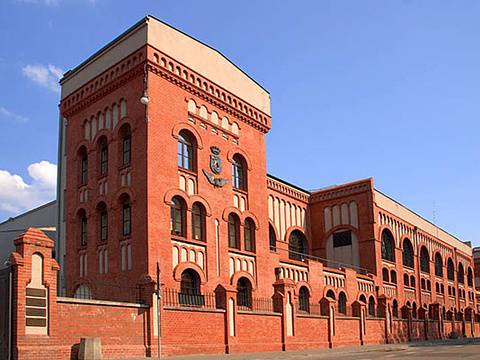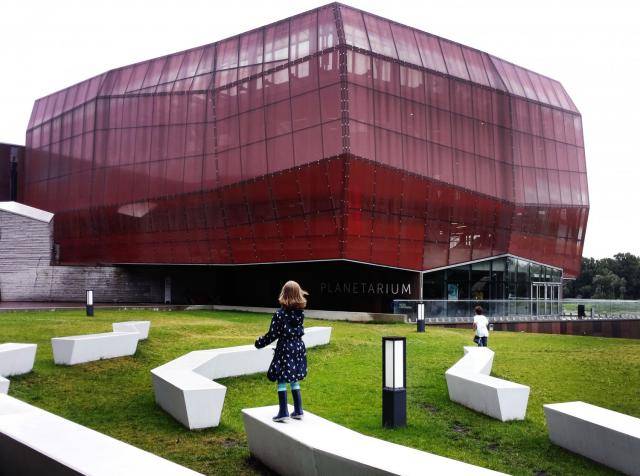The National Museum in Warsaw, established in 18062, is the oldest art museum in Poland and one of the largest museums in Poland. It currently houses over 830,000 items from Poland, Egypt, and other places, including paintings, sculptures, furniture, carpets, and gold and silverware. The museum also features some art products from ancient Greece, Rome, and Egypt. Additionally, it has some paintings from the 20th to the 21st century.
Marie Curie Museum
The famous Polish physicist and chemist Marie Curie, also known as the renowned 'Madame Curie', once resided in Warsaw. This place has now been converted into a memorial museum, showcasing scenes from Madame Curie's life and work. She was a pioneer in the study of radioactivity and the first person to win two Nobel Prizes.
The Warsaw Uprising Museum was opened to the public on July 31, 2004, to commemorate the 60th anniversary of the Warsaw Uprising. It showcases the thrilling events of the 1944 uprising, the various incidents that occurred before and after the 63-day military struggle, and related exhibits. Among the numerous photos, audio-visual materials, and physical exhibits, the replica of the Liberator B-24J bomber is the most eye-catching. The movie 'The City of Ruins' requires an additional ticket.
The Copernicus Science Centre is the largest science centre in Poland and one of the most advanced in Europe. Here, visitors will participate in the co-creation of exhibitions. The centre features 450 interactive scientific exhibits that are highly attractive to inquisitive children.
The Chopin Museum is a Gothic-style building that has undergone several renovations. The renovated Chopin Museum is said to be one of the highest standard biographical museums in Europe. It houses over 500 items, including manuscripts of Chopin's works, letters, documents, and paintings and sculptures related to him.
